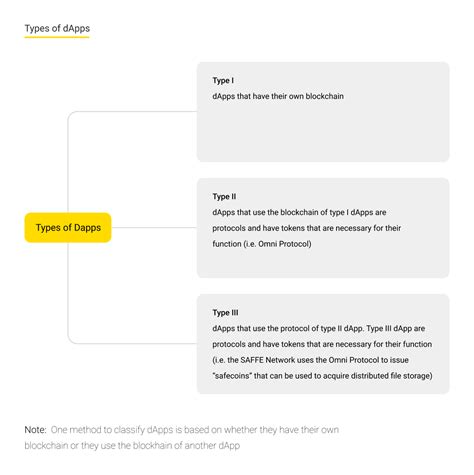Building the Future of dApps: The AI Advantage
The rise of decentralized applications (dApps) has been a turning point for the blockchain and cryptocurrency space. With the proliferation of smart contracts, non-fungible tokens (NFTs), and peer-to-peer transactions, dApps have opened up new avenues for innovation, collaboration, and community engagement. However, one key factor that sets dApps apart from traditional applications is their reliance on artificial intelligence (AI). In this article, we will explore the role of AI in building the future of dApps and what it means for the future of blockchain technology.
Why AI is important in DApps
DApps are built on a decentralized network of nodes, each with their own unique capabilities and strengths. However, when it comes to complex tasks like prediction, decision-making, and optimization, traditional algorithms often fall short. This is where AI comes in, providing a level of processing power, scalability, and accuracy that is difficult to replicate using conventional programming languages.
Here are just a few of the ways AI can improve the development process for decentralized applications:
- Predictive modeling: AI can analyze large amounts of data from various sources, allowing developers to build more accurate models to predict market trends, user behavior, or even financial outcomes.
- Optimization: By analyzing performance metrics and identifying areas for improvement, AI-powered tools can optimize the efficiency of smart contracts, reducing latency and increasing throughput.
- Decision making: AI-powered decision-making systems can help decentralized application developers make informed decisions about resource allocation, risk management, and strategic partnerships.
The Benefits of AI in Decentralized Applications
So, what are the benefits of incorporating AI into decentralized application development? Some of the key advantages include:
- Improved Scalability: By leveraging AI, decentralized applications can process large amounts of data in real-time, allowing for faster and more efficient transactions.
- Increased Accuracy: AI-powered tools can analyze complex data sets with unprecedented accuracy, reducing errors and ensuring higher-quality results.
- Improved User Experience: Smart contracts built with AI-powered technologies can provide more intuitive and personalized interfaces, leading to a better overall user experience.
AI-Powered Decentralized Application Examples
To illustrate the power of AI in developing decentralized applications, let’s look at some notable examples:
- Compound Protocol: This decentralized lending protocol leverages machine learning algorithms to optimize interest rates, reducing costs for lenders and maximizing ROI.
- Fantom: The Fantom network uses AI-powered predictive models to forecast market trends and price fluctuations, allowing traders to make more informed decisions.
- Binance Smart Chain

: Binance’s blockchain platform relies heavily on AI-powered tools for data analysis, transaction optimization, and risk management.
The Future of AI in DApps
As the dApp ecosystem continues to grow and mature, we can expect to see increased adoption of AI technologies. Here are some predictions for what’s coming next:
- Increased use of NLP: Natural language processing (NLP) will become a key component of AI-powered dApp development, enabling more natural language interactions and conversational interfaces.
- Improved interoperability: As blockchain technology continues to evolve, we can expect to see increased collaboration between different networks and ecosystems, driving widespread adoption of AI-powered dApps.
- Integration with other technologies: We can expect to see increased integration of AI with other technologies such as augmented reality (AR), virtual reality (VR), and the Internet of Things (IoT) in future dApp developments.
Deixe um comentário